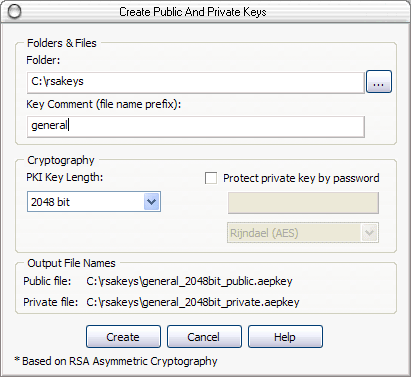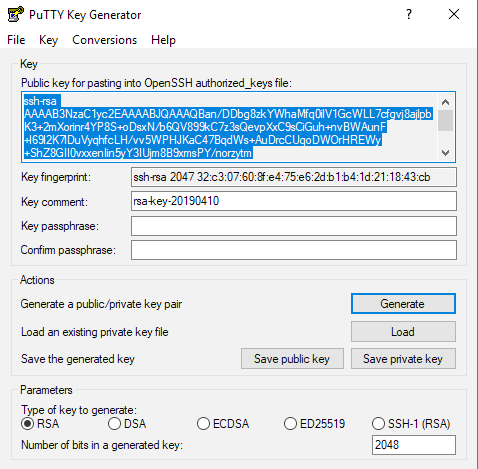C Generate Public And Private Keys
You can use ssh-keygen utilitiy to generate public/private key pairs. If you are Linux/Unix it would be available by default and man pages will help you with other options. Oct 20, 2015 These keys are a linked pair of text files and are created together as a pair when you create your Certificate Signing Request (CSR). SSL works by making one key of the pair (the public key) known to the outside world, while the other (the private key) remains a secret only you know. Windows 7 home edition key generator.
How to Create a Public/Private Key Pair

Dec 30, 2016 Asymmetric encryption utilizes a pair of keys like public and private key for better security where a message sender encrypts the message with the public key and the receiver decrypts it with his/her private key. Public and Private key pair helps to encrypt information that ensures data is protected during transmission. In general, private keys are for decryption, public keys are for encryption and verification. I'm not that familiar with the OpenSSL C interfaces, but my guess is that you're not actually doing anything with the key you loaded from the file.
How Public And Private Keys Work

The standard procedure for creating a Secure Shell public/private key pair follows. For information on additional options, see ssh-keygen(1).
C Generate Public And Private Keys In Ubuntu 18 04 For Modules
Start the key generation program.
Enter the path to the file that will hold the key.
By default, the file name id_rsa, which represents an RSA v2 key, appears in parentheses. You can select this file by pressing Return. Or, you can type an alternative filename.
The public key name is created automatically and the string .pub is appended to the private key name.
Enter a passphrase for using your key.
This passphrase is used for encrypting your private key. A good passphrase is 10–30 characters long, mixes alphabetic and numeric characters, and avoids simple English prose and English names. A null entry means no passphrase is used, but this entry is strongly discouragedfor user accounts. Note that the passphrase is not displayed when you type it in.
Re-enter the passphrase to confirm it.
Check the results.
The key fingerprint (a colon-separated series of 2 digit hexadecimal values) is displayed. Check that the path to the key is correct. In the example, the path is /home/johndoe/.ssh/id_rsa.pub. At this point, you have created a public/private key pair.
Copy the public key and append the key to the $HOME/.ssh/authorized_keys file in your home directory on the remote host.